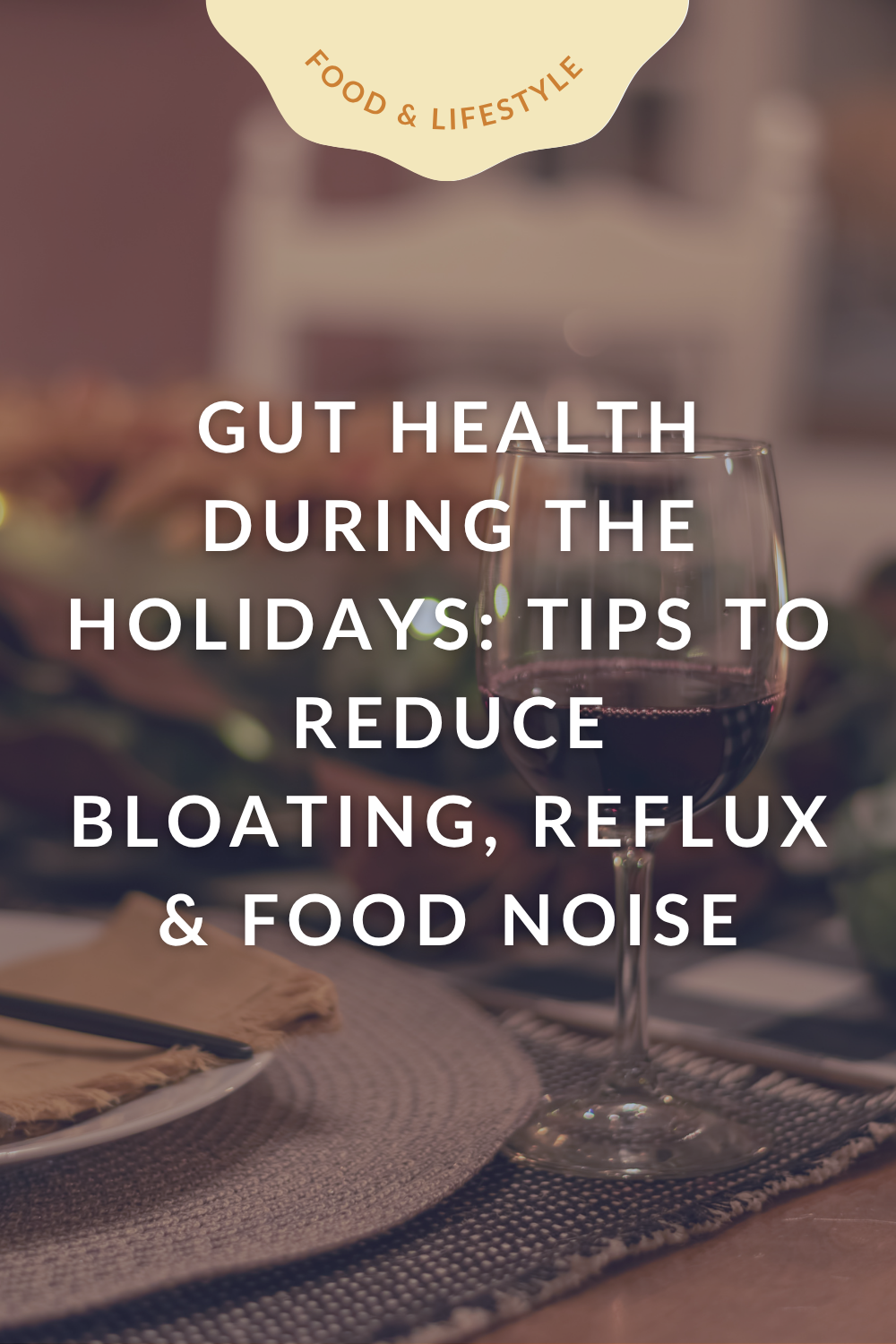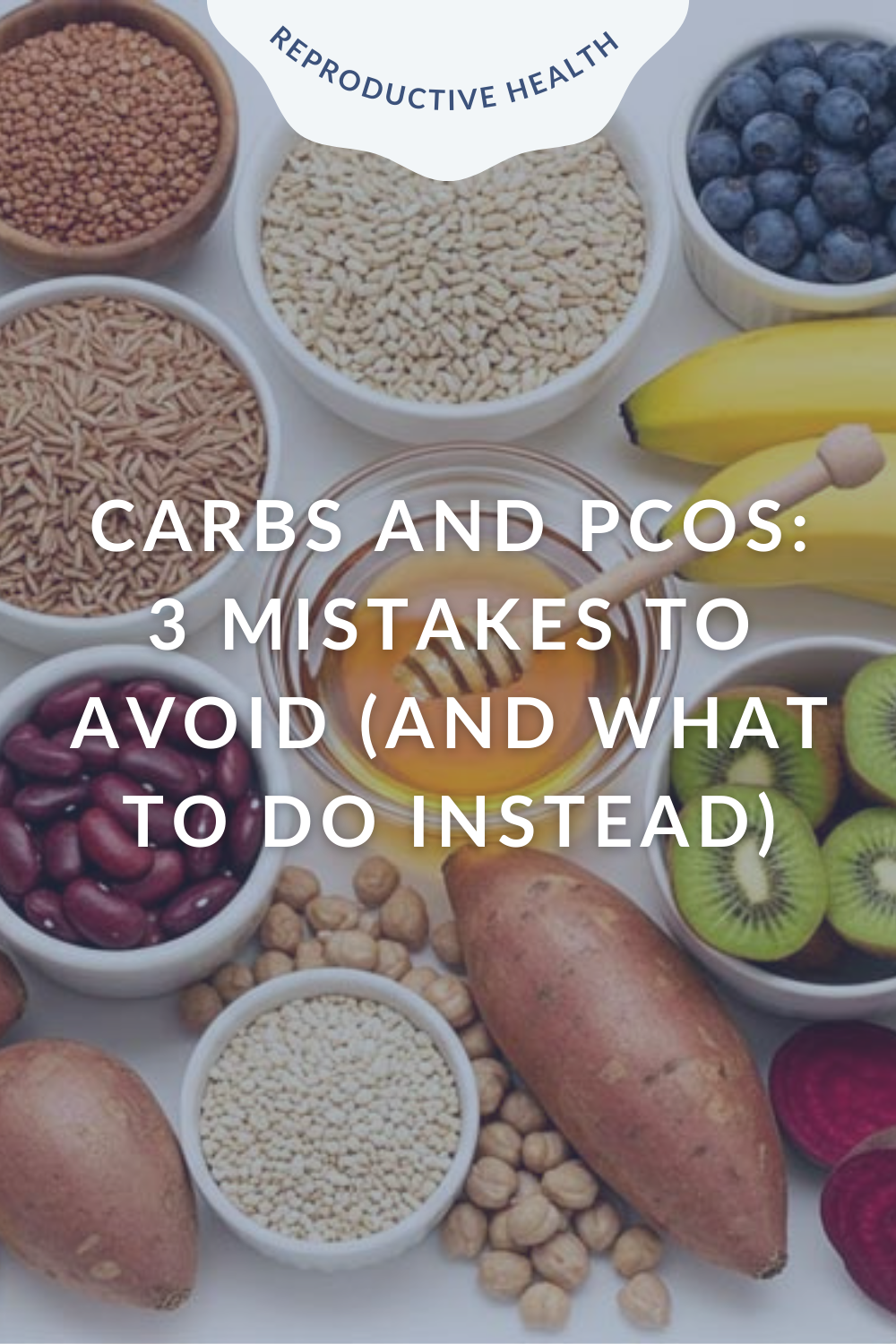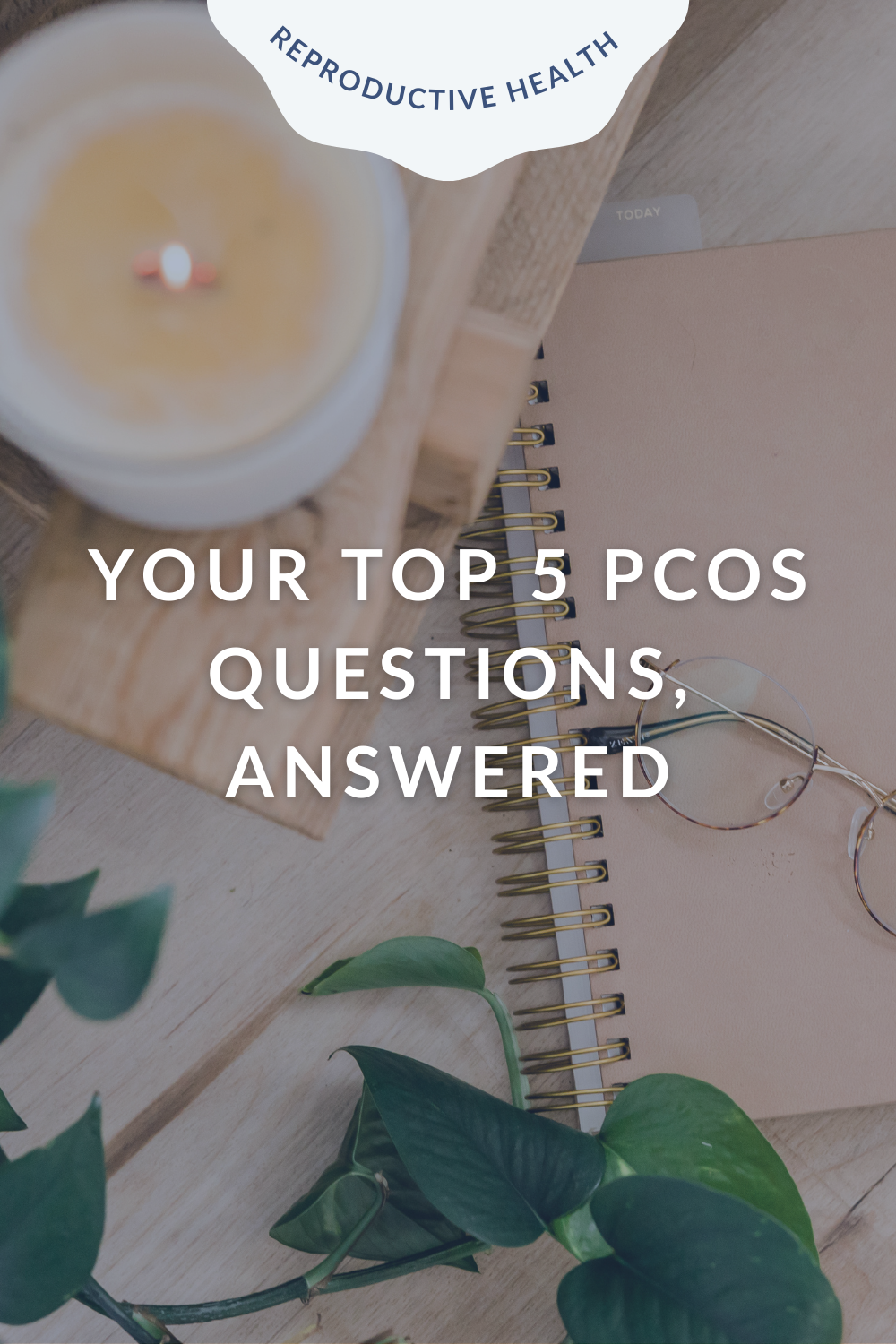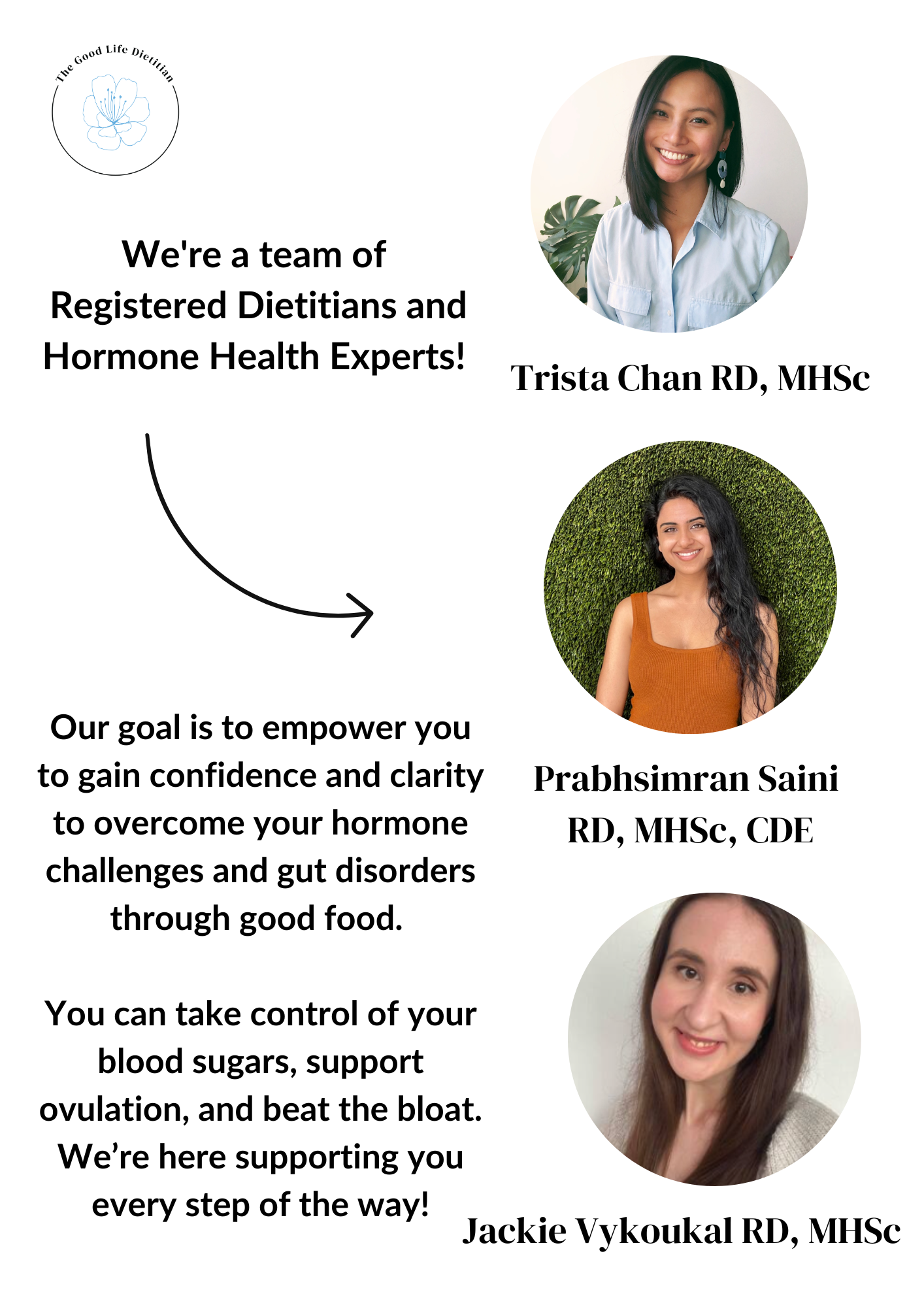Ditch New Year’s Resolutions: How Gentle Intentions Lead to Sustainable Health
January energy can feel magnetic, a clean slate, a fresh planner, a full tank of motivation. But if your “new year, new me” enthusiasm has ever fizzled by March (…or sooner), you’re not alone.
Traditional resolutions often push us toward all-or-nothing rules that aren’t designed for real life. The result? A familiar loop: start strong → burn out → “I’ll try again Monday” → repeat.
A more sustainable approach starts with alignment. First, get clear on your inner values, what truly matters to you, how you want to feel, and how you want to show up in life. Once your intentions are rooted in these values, you can set meaningful, flexible goals or intentions.
Then comes planning - building a realistic structure that supports your intentions without rigid rules. When plans reflect your values and are achievable in real life, they’re easier to follow and sustain over time.
This sequence: values → intention → plan, creates a framework for progress that’s both practical and personally meaningful.
Why Resolutions Often Backfire
Stiff resolutions tend to:
Be overly rigid (e.g., “no sugar for 365 days”).
Tie success to numbers and outcomes only. (Attaching joy to the process is essential to stick with it).
Ignore seasonality, stress, travel and life’s curveballs.
Feed the restrict → rebel → guilt cycle common in diet culture.
Intentions, on the other hand, emphasize process over perfection. They help you choose aligned actions on any given day, without the shame spiral.
From Resolution to Intention: Simple Reframes
Instead of: “I will cut out added sugar this year.”
Value: I care about nourishing my body while enjoying food.
Try: “I’ll enjoy more minimally processed foods while allowing all foods to fit. When I want something sweet, I’ll give myself permission with intention, eat until satisfied and move on.”
Instead of: “I will work out at 6 a.m. every day for the next 365 days and always eat a protein breakfast.”
Value: I want to feel strong and energized.
Try: “I intend to be kind to my body by moving regularly and fueling it well including during stressful weeks. Mornings often work for me; if not, I’ll adjust.”
These shifts keep the spirit of your goal while removing the all-or-nothing trap.
How to Set Gentle, Sustainable Intentions
1) Start With Values
Ask yourself:
What do I value in health and life right now? (Health? Joy? Community? Friendship? Autonomy?)
How do I want to feel around food and in my body? (Calm, strong, nourished, confident?)
Let your answers guide everything else. When life gets busy, return to these values as your compass.
2) Choose Feeling-Based Statements
When crafting intentions, start not just with specifics, but with the feeling you want to experience in the process. Focus on how you want to show up, move, and treat yourself, not just what you’ll do. Craft 1-3 intentions that describe how you’ll show up:
“I choose foods that make me feel energized, satisfied and connected to my body.”
“I move in ways that leave me feeling strong, clear-headed, and capable - even during busy or stressful days.”
“I speak to myself with kindness and patience, supporting my growth rather than judging it.”
These statements emphasize the experience and values behind your actions, making your intentions meaningful, sustainable, and easier to follow.
3) Pair Each Intention With Flexible Actions
Make them realistic and adjustable:
Nourish: Aim for balanced meals and snacks most days; keep easy options on hand.
Move: Schedule movement that matches your week (a walk, Pilates, martial arts, weights - timing can flex).
Regulate stress: Two minutes of deep breathing before meals OR after meetings.
4) Expect (and Allow) Imperfection
Life seasons change. Intentions let your habits ebb and flow without “starting over.” Progress = showing up imperfectly, again and again.
Gentle Nutrition That Supports Your Intentions
Eat consistently. Skipping meals fuels the “wired but tired” feeling making it hard to think clearly and look inwards; steady meals stabilize energy and mood.
Build balanced plates. Think protein + fibre-containing carbs + fats for satisfaction and blood-sugar support.
Practice permission. When meals align with your values and intentions, you can engage with food in a way that feels satisfying and nourishing, noticing how it supports your energy, focus, and enjoyment. Rather than eating based on ‘off limits’ and ‘on limit” foods.
Common Roadblocks (and Compassionate Responses)
“I missed a workout; I’ve failed already.”
Reframe: One skipped session is data, not drama. What’s one supportive thing I can do today?“I overate at dinner.”
Reframe: Why did that happen? Did i not eat enough during the day, was I numbing from an emotion I want to avoid, or do I have a “finish your plate” habit I learned from childhood? Hmmm. Let me think. In the meantime, I’ll get back to my routine.“Travel/work/kids derailed me.”
Reframe: Seasons shift. My intention stays the same; my actions adapt.
Key Takeaways
Strict resolutions on their own are outcome-heavy and rigid; intentions are process-focused and compassionate.
Start with values, then write feeling-based intentions and pair them with flexible action planning.
Gentle nutrition (consistent meals, balanced plates, slowing down) supports energy, digestion, and mood.
Progress is not linear. Flexibility is a skill you build - and it’s what makes habits stick.
Hi! I’m Trista
A Registered Dietitian and reproductive health expert. I’m here to help you gain confidence to overcome your Polycystic Ovary Syndrome and digestive health woes, while bettering your relationship with food.
CATEGORIES
Ready for Support?
If you’re craving a calmer, more sustainable approach to nutrition, our dietitians’ 1-on-1 nutrition programs can help you personalize gentle nutrition, stabilize energy and digestion, and build habits that last - no rigid rules required.













